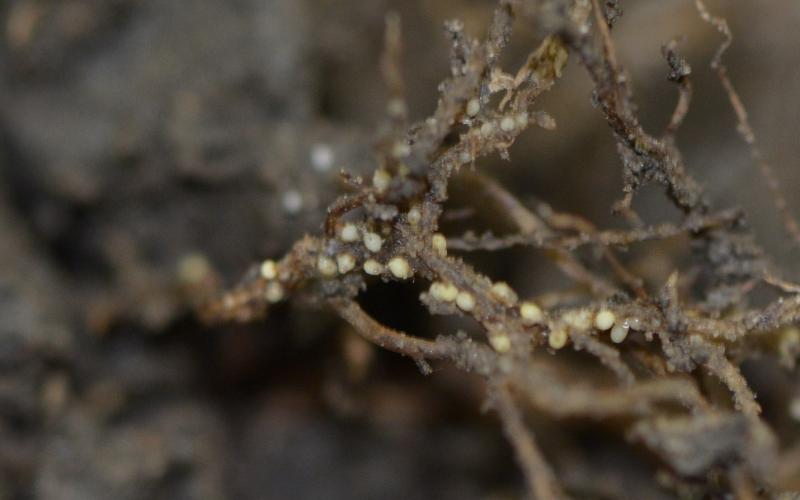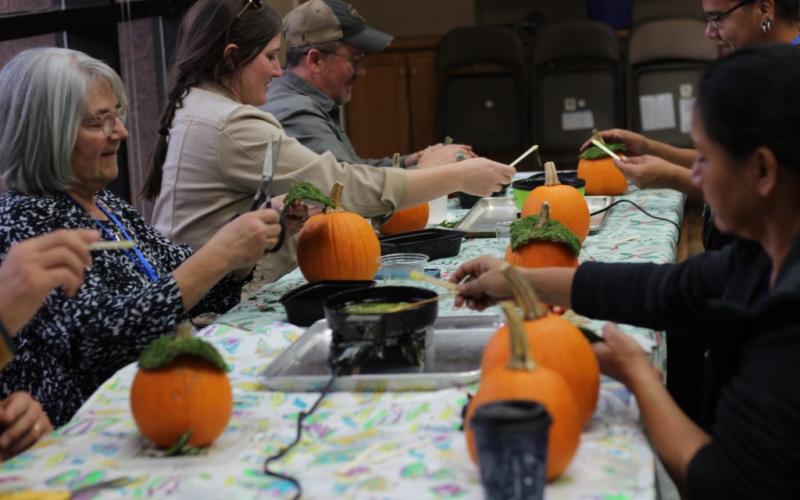Search

Impacts in Community Vitality
Our community vitality team offers continuous learning opportunities and provides coaching directly to South Dakotans and their communities

Integrating Precision Ag Tools for Smarter SCN Assessment and Management
Fact sheet on integrating Precision Ag tools for Soybean Cyst Nematode (SCN) assessment and management

South Dakota 4-H Livestock Integrity Pledge
This pledge is a required annual component of South Dakota 4-H’s livestock education program.

4-H Trip Deviation Form
Before making alternative travel arrangements, parents/guardians must complete and submit this required form at least 10 calendar days prior to the start of a South Dakota (SD) 4-H sponsored event/trip when a youth wishes/needs to deviate from the posted schedule.

SDSU Extension co-hosting 2025 South Dakota Local Foods Conference
September 09, 2025
South Dakota State University Extension is pleased to partner with Dakota Rural Action, the South Dakota Soil Health Coalition, McCrory Gardens at SDSU and members of the South Dakota Local Foods Coalition to present the 2025 Local Foods Conference.

Do I Have Time for a 4-H Club Treasury?
A guide sheet to help club leaders make the best decision on whether their club needs a treasury.

Appendix A - Community Club Charter Application Packet
This is an all-in-one form for community club charters, which should be completed and submitted to the local 4-H professional for initial consideration.

Appendix B - Special Interest Club Charter Application Packet
This all-in-one form is for special interest club charters, which should be completed and submitted to the local 4-H professional for initial consideration.

Appendix C - Affiliate Charter Application Packet
This all-in-one form is for affiliate charters, which should be completed and submitted to the local 4-H professional for initial consideration.

Appendix F - Revocation of Charter Form
This form is to be completed and provided to the local 4-H professional upon the chosen termination of the 4-H group.